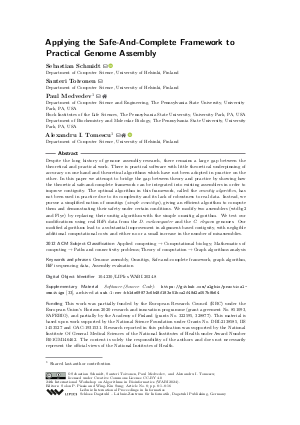LIPIcs.WABI.2024.8.pdf
- Filesize: 0.98 MB
- 16 pages

 Creative Commons Attribution 4.0 International license
Creative Commons Attribution 4.0 International license



























Feedback for Dagstuhl Publishing